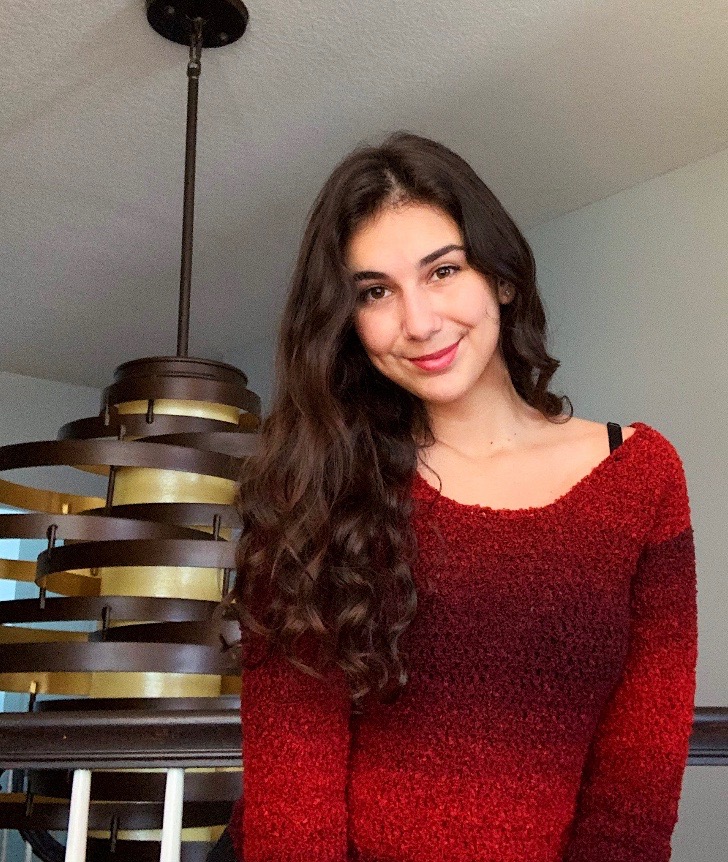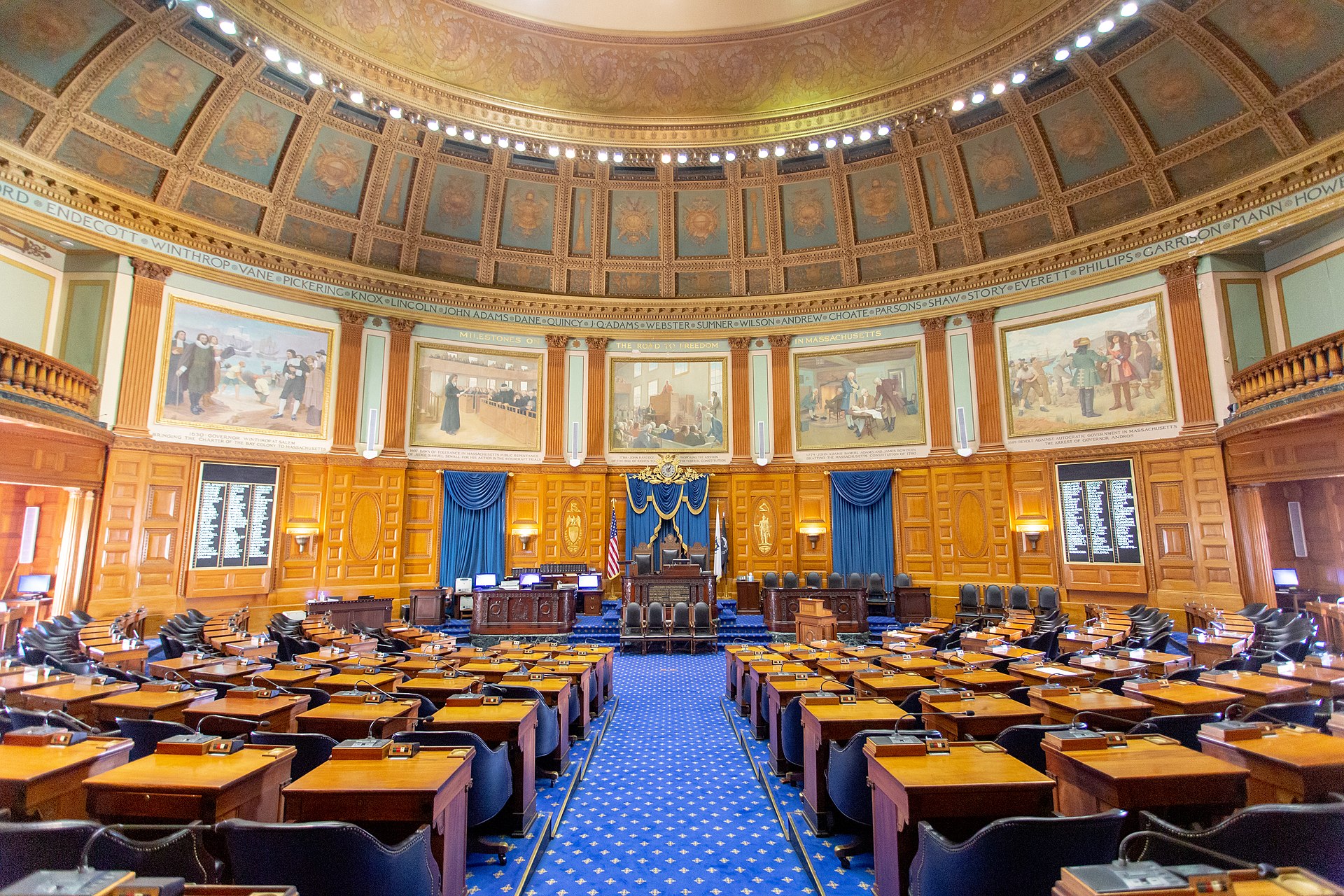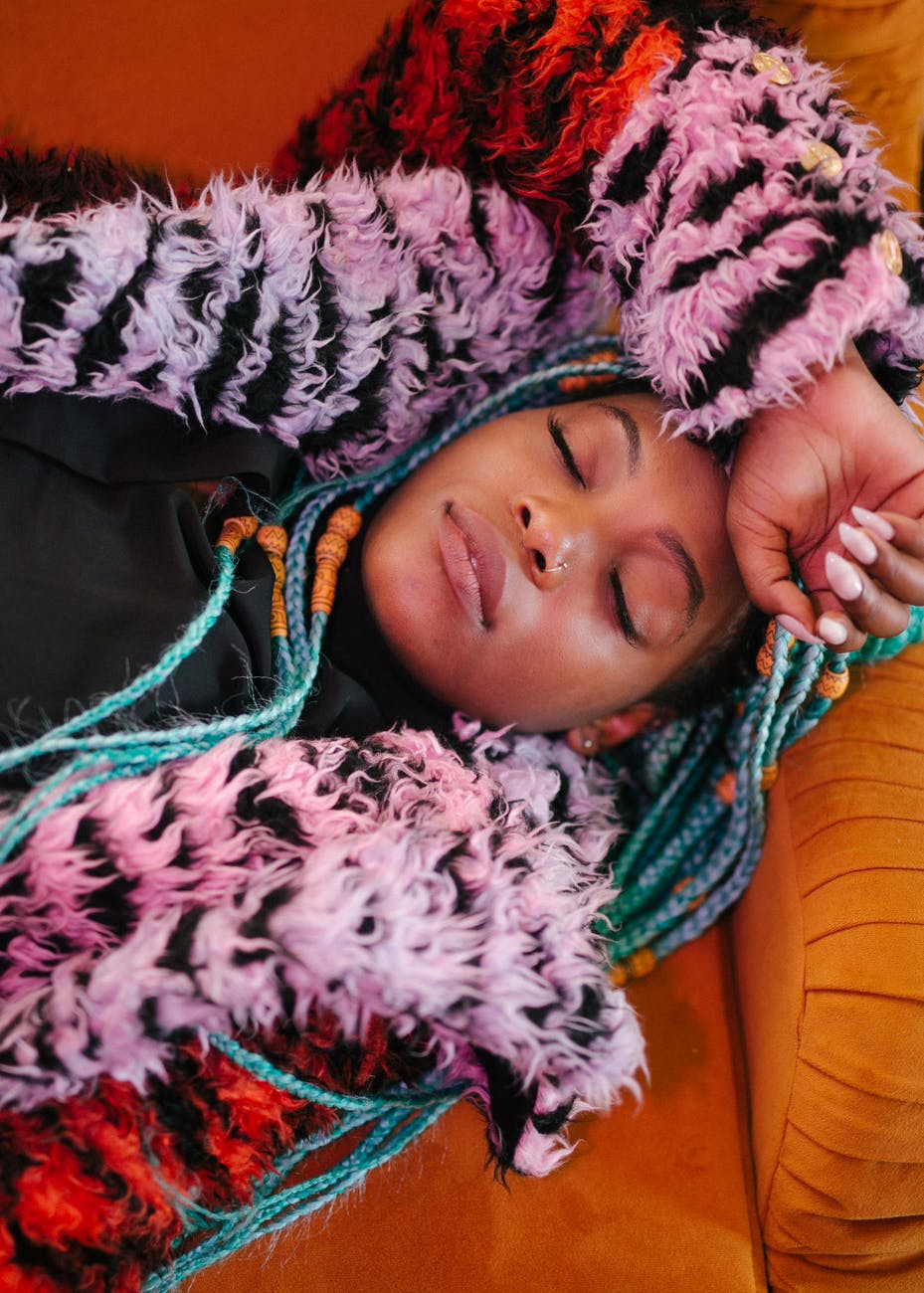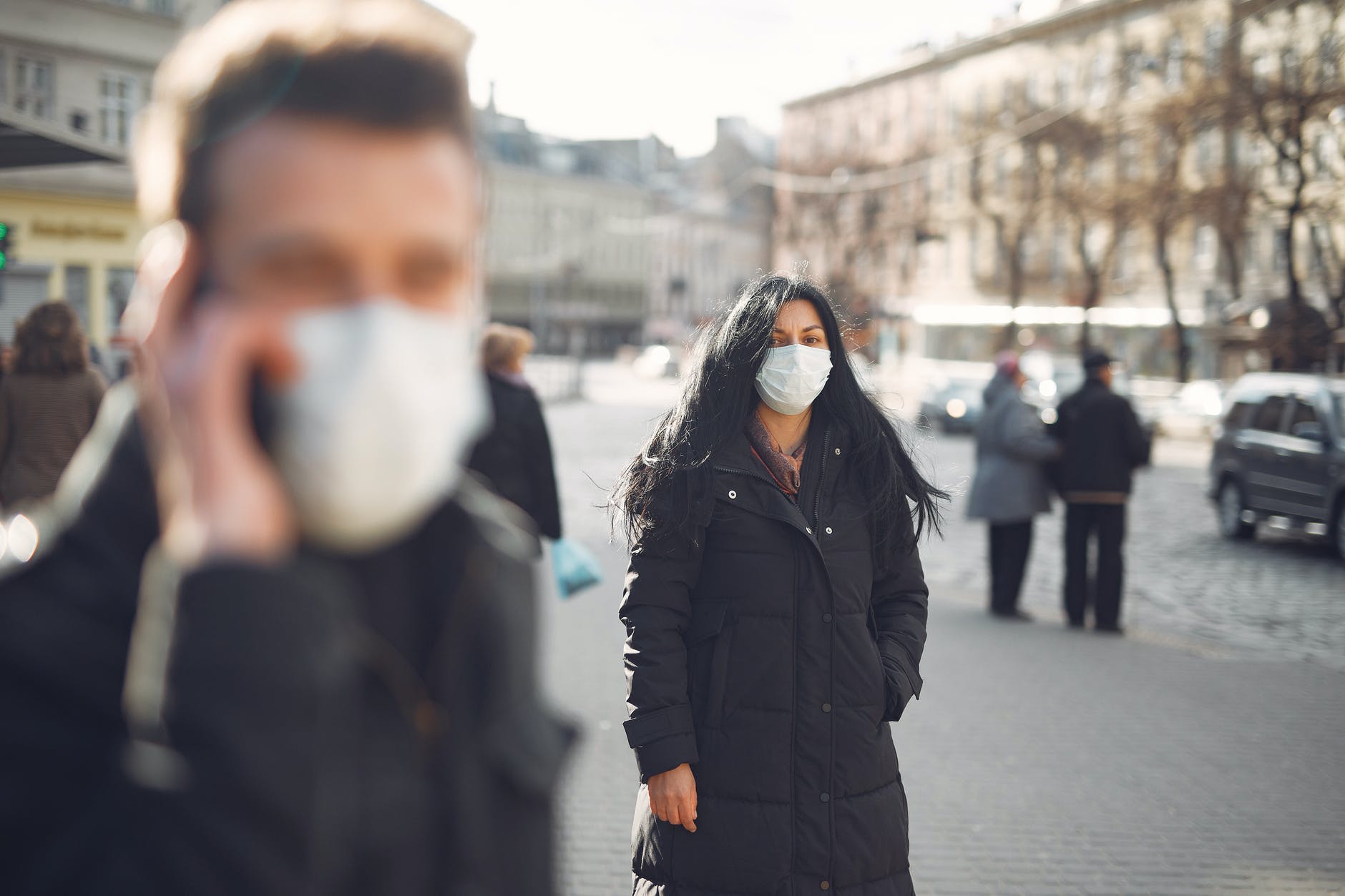Hunter Kessous is currently an undergraduate at Brandeis University studying Biology, Health: Science Society and Policy, and French. She has been passionate about ending female genital cutting (FGC) ever since she first learned of the practice. Hunter aspires to be a gynecologist and perform reconstructive surgeries for survivors of FGC. Hunter is also a student researcher on an FGC project. She joined Sahiyo in May.
When and how did you first get involved with Sahiyo?
I first connected with Sahiyo when I reached out for help with my research project on the movement to abandon FGC. Mariya, one of the co-founders, asked if I would like to volunteer for the summer. When the pandemic started, I was worried I wouldn’t be able to get involved. I’m so grateful I’ve been able to work on the Sahiyo team remotely.
What does your work with Sahiyo involve?
I’m a programs intern, which means I am planning webinars. My big project at the moment is a webinar on FGC and education. The topic was inspired by my own experiences with how FGC is taught at my university. I also attend as many webinars as possible in order to learn what information is currently out there, and to see how other webinars are formatted.
How has your involvement with Sahiyo impacted your life?
Before my internship with Sahiyo, I read and learned a lot about FGC. Even still, in just the first month of volunteering, I have learned so much more than I anticipated. I’m eager to continue broadening my knowledge and understanding of FGC through my work with Sahiyo. I’ve also had the pleasure of meeting many wonderful anti-FGC advocates and survivors. The movement to abandon FGC consists of a close network, and I am thrilled to join the community and have the opportunity to work with so many inspiring people.
What words of wisdom would you like to share with others who may be interested in supporting Sahiyo and the movement against FGC?
For every moment you spend working with Sahiyo, you will feel that you are doing something important and worthwhile. You will meet empowering, wonderful people from inside and outside of the Sahiyo team that will make you feel supported and essential to the cause. I encourage anybody interested in joining the Sahiyo team to do so!






